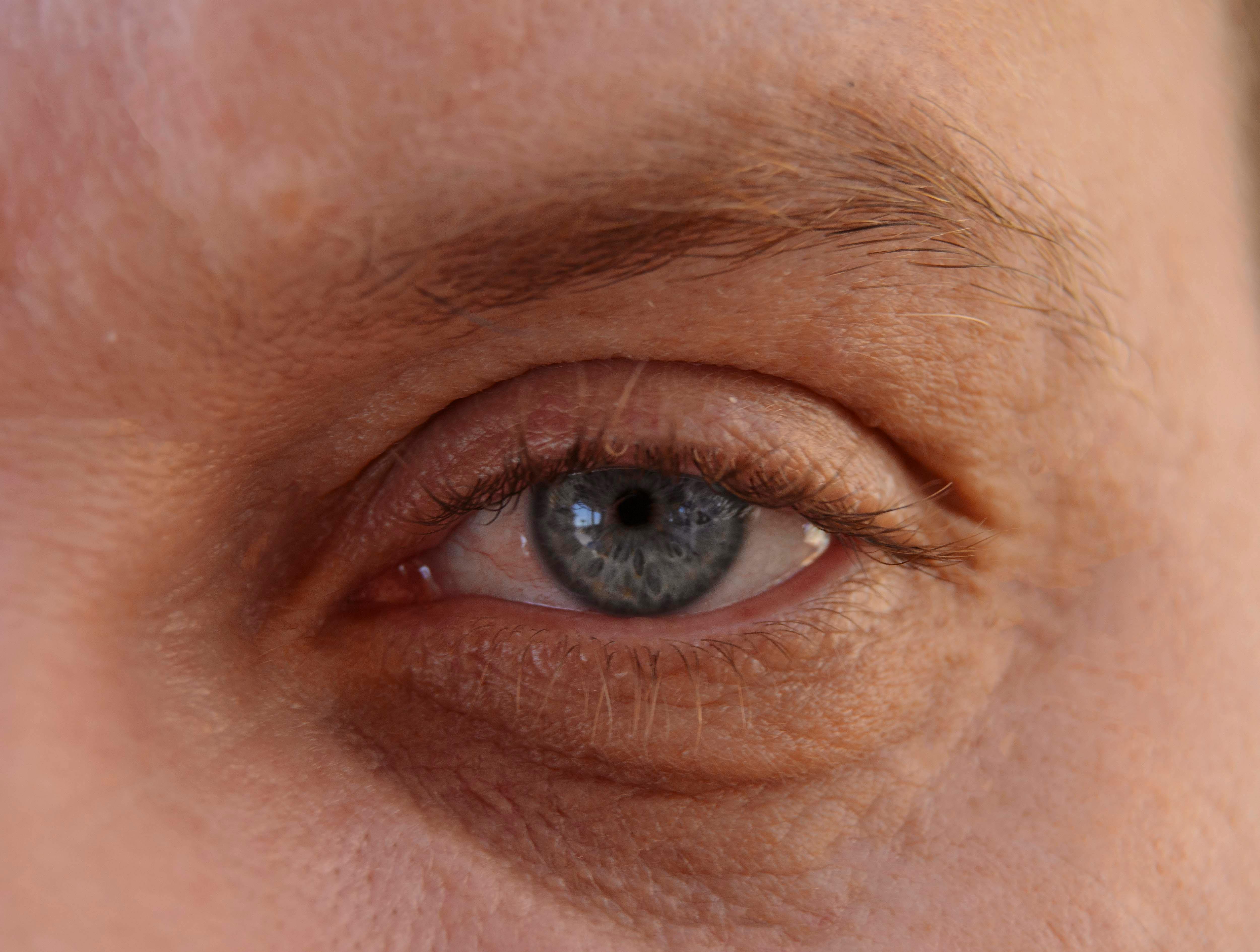What is Dry Eye?

Dry eye is a common yet often underestimated condition that can significantly affect one’s quality of life. It occurs when the eyes do not produce enough tears or when the tears evaporate too quickly, leading to discomfort, blurry vision, and potential damage to the eye's surface. In recent years, dry eye has gained attention due to increased screen time, environmental factors, and lifestyle changes that exacerbate symptoms. Understanding the different types of dry eye and their causes can help in finding the most suitable treatment approach.
What is Dry Eye?
Dry eye is a chronic condition that affects millions worldwide. Tears are essential for keeping the eyes lubricated, nourishing the eye’s surface, and providing protection against dust, debris, and other irritants. When the tear film becomes unstable or dysfunctional, symptoms like stinging, burning, redness, and sensitivity to light can occur.
The condition is often categorised into two main types: Evaporative Dry Eye and Aqueous Deficient Dry Eye. Knowing which type of dry eye you have can help you and your eye care professional decide on the best treatment approach.
The Different Forms of Dry Eye
1. Evaporative Dry Eye (EDE)
Evaporative Dry Eye is the most common type of dry eye and occurs when the tears evaporate too quickly. This type is often associated with dysfunction in the Meibomian glands—tiny glands on the eyelid margins that produce an oily layer to slow tear evaporation. When these glands become blocked or inflamed, they don’t produce enough oil, allowing tears to evaporate faster and leaving the eyes feeling dry and irritated.
Causes of Evaporative Dry Eye:
-
Meibomian Gland Dysfunction (MGD): The leading cause of EDE, where the glands fail to secrete enough oil to maintain the tear film.
-
Environmental Factors: Exposure to wind, smoke, or dry air can worsen tear evaporation.
-
Prolonged Screen Use: Reduced blinking rates while using screens can contribute to faster tear evaporation.
Diet and Nutrition: Poor diet and nutrition has been linked to Dry Eye.
Inflammation: Inflammatory diseases including low grade chronic inflammation in the body has been associated with Dry Eye.
2. Aqueous Deficient Dry Eye (ADDE)
Aqueous Deficient Dry Eye occurs when the lacrimal glands produce insufficient amounts of the watery (aqueous) layer of tears. This deficiency makes it difficult for the eyes to stay adequately lubricated, leading to chronic dryness and irritation.
Causes of Aqueous Deficient Dry Eye:
- Aging: Tear production naturally declines with age, increasing susceptibility to Dry Eye.
- Autoimmune Disorders: Conditions like Sjögren's syndrome can impair tear production.
- Medications: Certain medications, including antihistamines, antidepressants, and blood pressure drugs, may reduce tear production.
3. Mixed Dry Eye
In some cases, individuals experience both forms of Dry Eye simultaneously. Known as Mixed Dry Eye, this condition involves both a reduction in tear production and an increased rate of tear evaporation. Mixed dry eye can be particularly challenging to manage as it requires addressing both the quantity and quality of the tear film.
Other Contributing Factors and Forms
While EDE and ADDE are the primary forms of dry eye, other factors can also influence the condition. Understanding these can help in identifying the best treatment strategies:
- Hormonal Changes: Hormonal fluctuations, especially in women during menopause, can alter tear production and stability.
- Contact Lens Use: Contact lenses can disrupt the tear film and make the eyes more prone to dryness.
- Allergies and Inflammation: Chronic eye allergies and inflammation can compromise the tear film’s stability.
Treatment Options for Different Types of Dry Eye
Managing Dry Eye often requires a personalised approach, as each case can vary. Here are some treatment options commonly used for different forms of Dry Eye:
1. Eyelid Hygiene
For those with evaporative Dry Eye or Meibomian gland dysfunction, maintaining good eyelid hygiene can help improve gland function and encourage oil secretion. Regularly cleaning the eyelids can help maintain a healthy environment for your eyes.
2. Intense Pulsed Light (IPL) Therapy
IPL therapy is an innovative treatment for Meibomian gland dysfunction and evaporative Dry Eye. Originally developed for dermatology, IPL has shown promising results in relieving Dry Eye symptoms by reducing inflammation, opening up Meibomian glands, and improving the quality of tears, as it targets the root cause of Dry Eye.
4. Prescription Medications
For more severe cases, eye care professionals may prescribe anti-inflammatory eye drops like cyclosporine or steroids to reduce inflammation and increase tear production. These medications can provide relief for those with moderate to severe Dry Eye.
